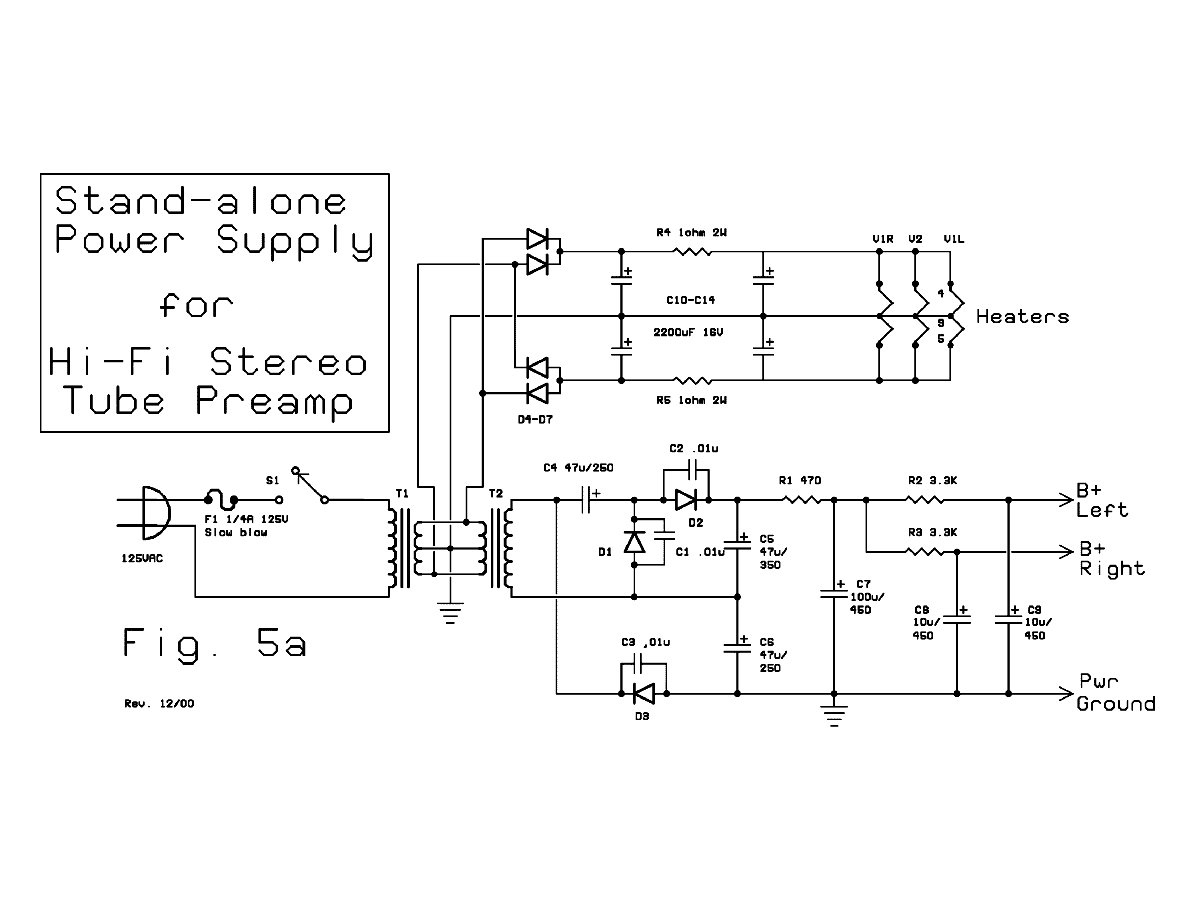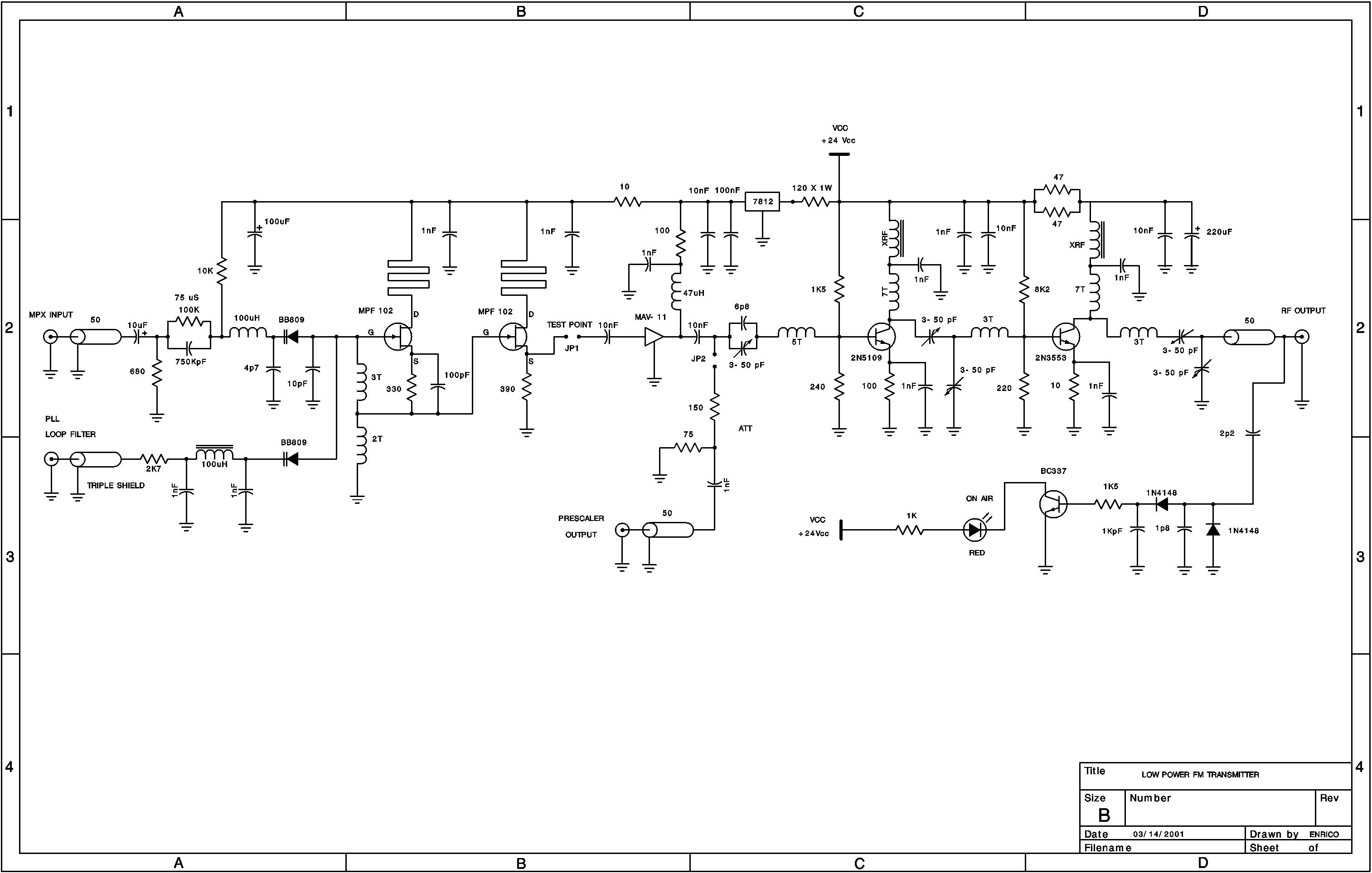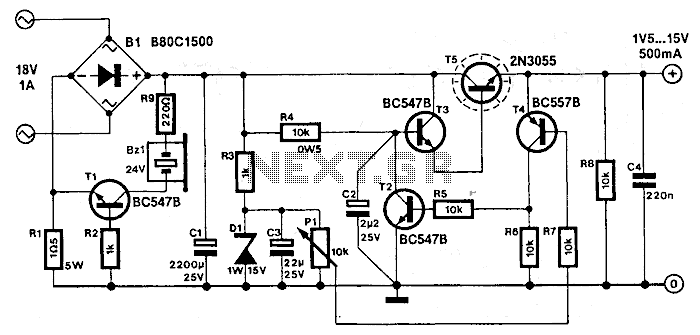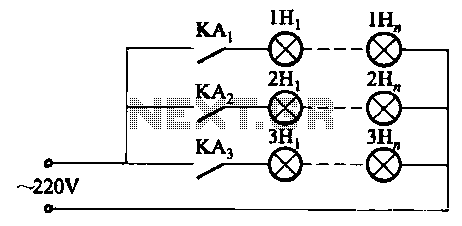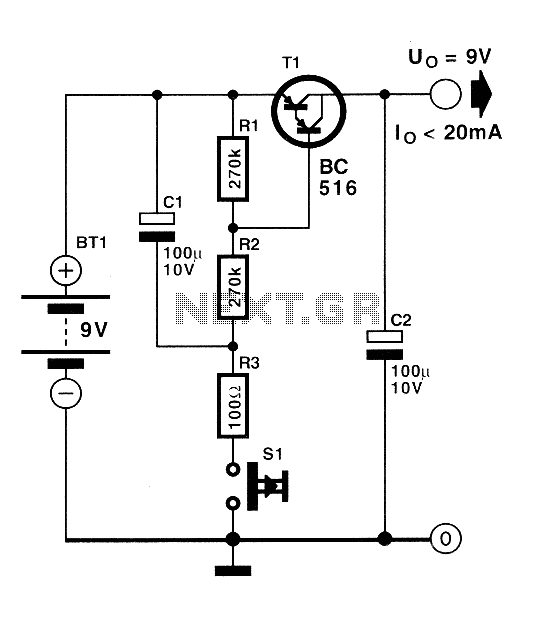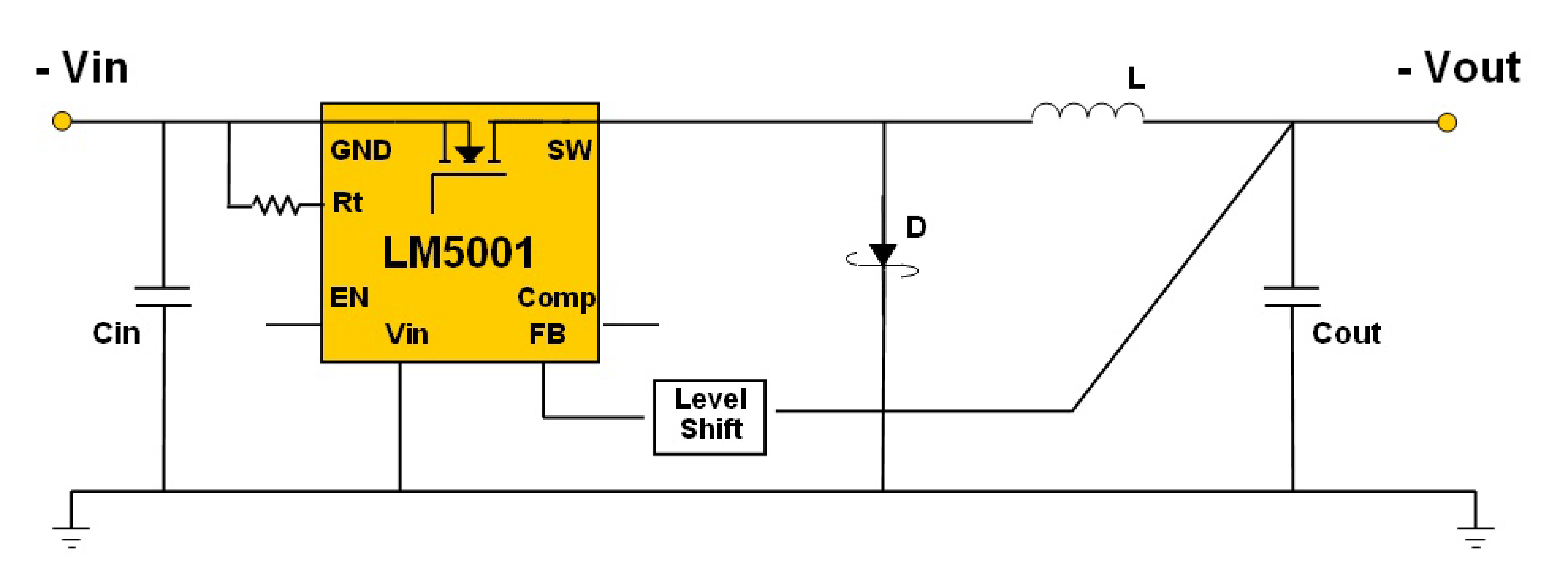
Automatic Switching for Battery USB Power Connection

This is a simple circuit for automatic switchover between battery and USB port. This circuit uses a more general step-up converter architecture.
The circuit designed for automatic switchover between a battery and a USB power source employs a step-up converter architecture to ensure a stable output voltage regardless of the input source. This configuration is particularly useful in portable devices where power management is crucial for maintaining functionality and efficiency.
The circuit typically consists of a microcontroller or comparator that monitors the voltage levels of both the battery and the USB port. When the USB power is available, the circuit will prioritize it as the power source, providing a more stable voltage and reducing wear on the battery. Conversely, when the USB power is disconnected, the circuit automatically switches to the battery supply, ensuring uninterrupted operation.
Key components of the circuit include:
1. **Step-Up Converter**: This component increases the voltage from the battery to match the required output voltage, which is often necessary in portable applications where the battery voltage may be lower than the operating voltage of the device.
2. **Voltage Comparator**: This device continuously compares the input voltages from the battery and USB. It determines which source is providing a higher voltage and controls the switching mechanism accordingly.
3. **Switching Element**: Typically implemented using MOSFETs or relays, this component facilitates the transition between the two power sources, ensuring minimal disruption during the switchover process.
4. **Capacitors**: Used for filtering and stabilizing the output voltage, capacitors help to smooth out any fluctuations that may occur during the transition between power sources.
In addition, the design may include protection circuits to prevent overvoltage, undervoltage, and reverse polarity conditions, enhancing the reliability and safety of the device. The overall layout should be compact, allowing for integration into small electronic enclosures while ensuring efficient thermal management to prevent overheating of the components during operation.
This automatic switchover circuit is essential for applications requiring seamless power management, such as in portable consumer electronics, medical devices, and remote sensors, where reliability and efficiency are paramount.This is a simple circuit for automatic switchover between battery and USB port. This circuit uses more general step-up converter architecture. Compared with an.. 🔗 External reference
The circuit designed for automatic switchover between a battery and a USB power source employs a step-up converter architecture to ensure a stable output voltage regardless of the input source. This configuration is particularly useful in portable devices where power management is crucial for maintaining functionality and efficiency.
The circuit typically consists of a microcontroller or comparator that monitors the voltage levels of both the battery and the USB port. When the USB power is available, the circuit will prioritize it as the power source, providing a more stable voltage and reducing wear on the battery. Conversely, when the USB power is disconnected, the circuit automatically switches to the battery supply, ensuring uninterrupted operation.
Key components of the circuit include:
1. **Step-Up Converter**: This component increases the voltage from the battery to match the required output voltage, which is often necessary in portable applications where the battery voltage may be lower than the operating voltage of the device.
2. **Voltage Comparator**: This device continuously compares the input voltages from the battery and USB. It determines which source is providing a higher voltage and controls the switching mechanism accordingly.
3. **Switching Element**: Typically implemented using MOSFETs or relays, this component facilitates the transition between the two power sources, ensuring minimal disruption during the switchover process.
4. **Capacitors**: Used for filtering and stabilizing the output voltage, capacitors help to smooth out any fluctuations that may occur during the transition between power sources.
In addition, the design may include protection circuits to prevent overvoltage, undervoltage, and reverse polarity conditions, enhancing the reliability and safety of the device. The overall layout should be compact, allowing for integration into small electronic enclosures while ensuring efficient thermal management to prevent overheating of the components during operation.
This automatic switchover circuit is essential for applications requiring seamless power management, such as in portable consumer electronics, medical devices, and remote sensors, where reliability and efficiency are paramount.This is a simple circuit for automatic switchover between battery and USB port. This circuit uses more general step-up converter architecture. Compared with an.. 🔗 External reference
